She was built in Landskrona, Sweden by Oresundvaret AB as Yard Number 276 in 1981 and was originally an offshore support vessel.
She first served the Royal Fleet Auxiliary during the Falklands War as a civilian vessel taken up from the trade. She was purchased by the UK Government in 1983 for £25m and renamed Diligence after which she sailed to the Clyde Dock Engineering facilities where she was converted to military use with weapon systems, workshops, supply facilities, accommodation and stores before being commissioned into the fleet on 12 March 1984.
Overall she is 112m long with a 20.5m beam and 6.m draught.
Armament consists of two 20mm Oerlikon Cannons, 4 No. 7.62mm Machine Guns and 4 No. Mk 44 Miniguns.
Diligence is designed to provide forward repair and maintenance facilities to ships and submarines operating away from their home ports so in addition to workshops she can also provide electrical supplies, fuel and water. Her workshops and stores are fully equipped with specialist machinery and parts.
REG - UK, London
IMO - 7814448
Call Sign - GCPC
Fleet Repair Ship
Built - Oresundsvarvet, Landskrona, SE
Yard No. - 276
L 112m W 20m
GT - 10595
Year - 1981
Liverpool, 29 April 2015
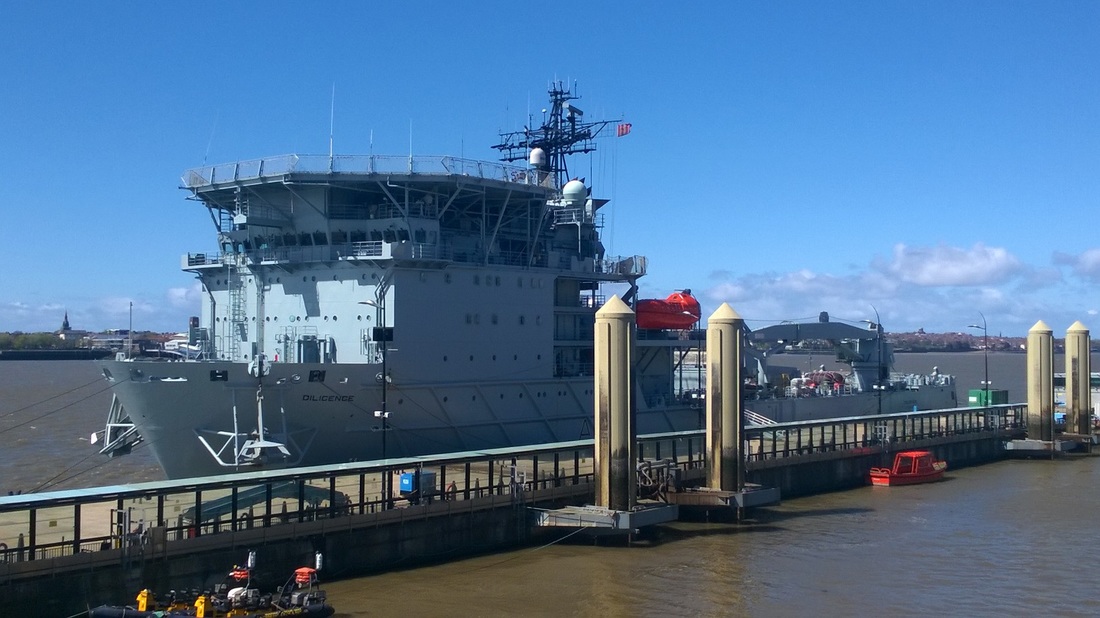
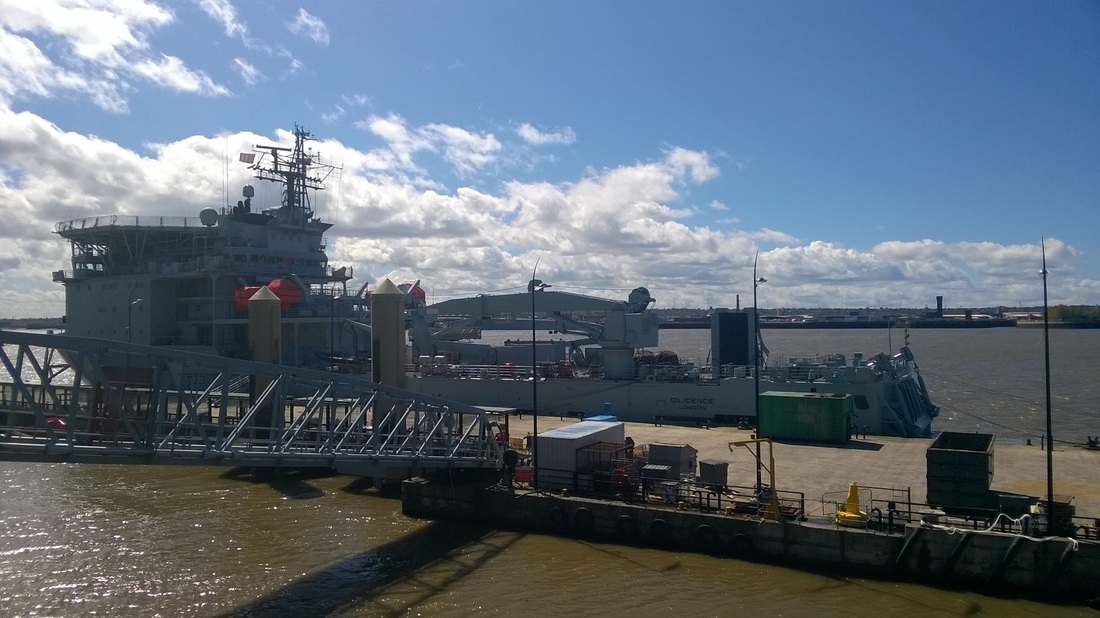
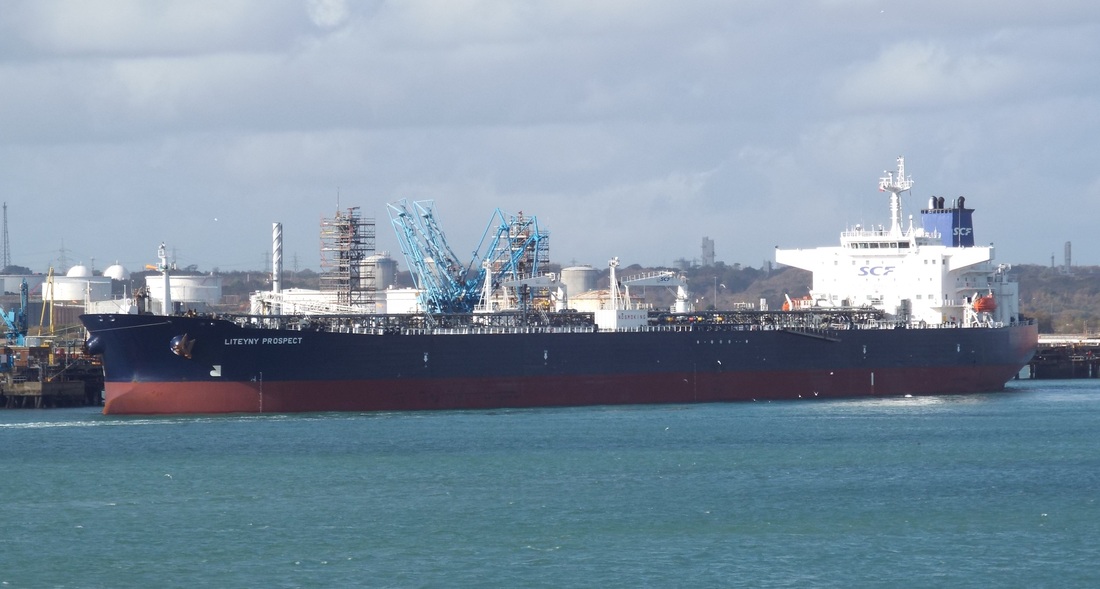
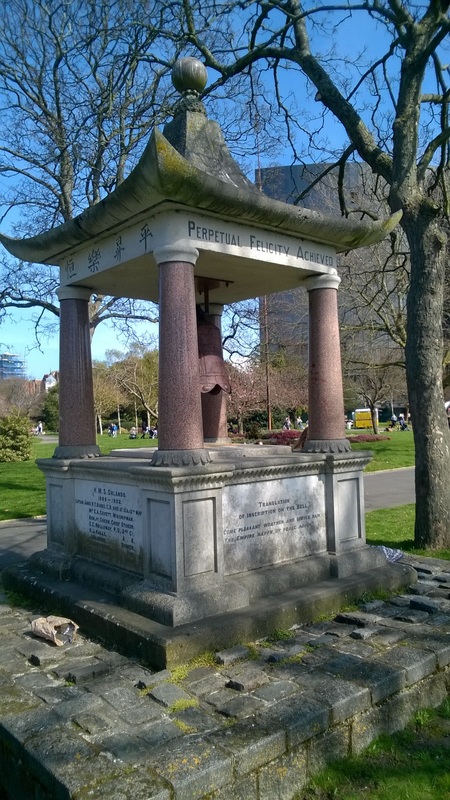
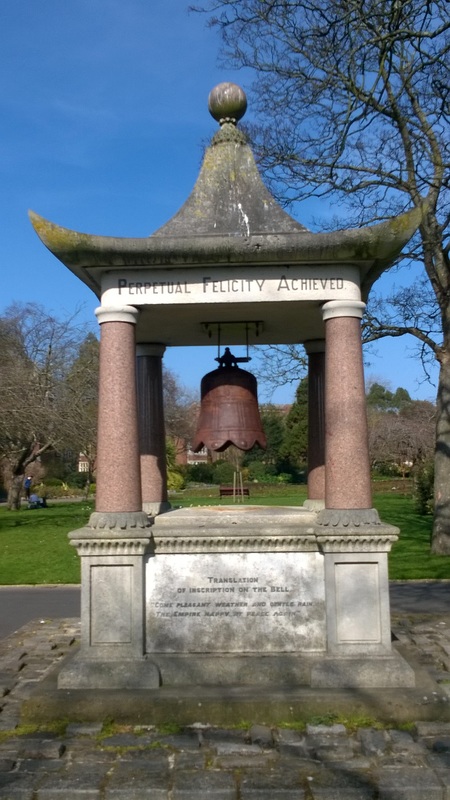
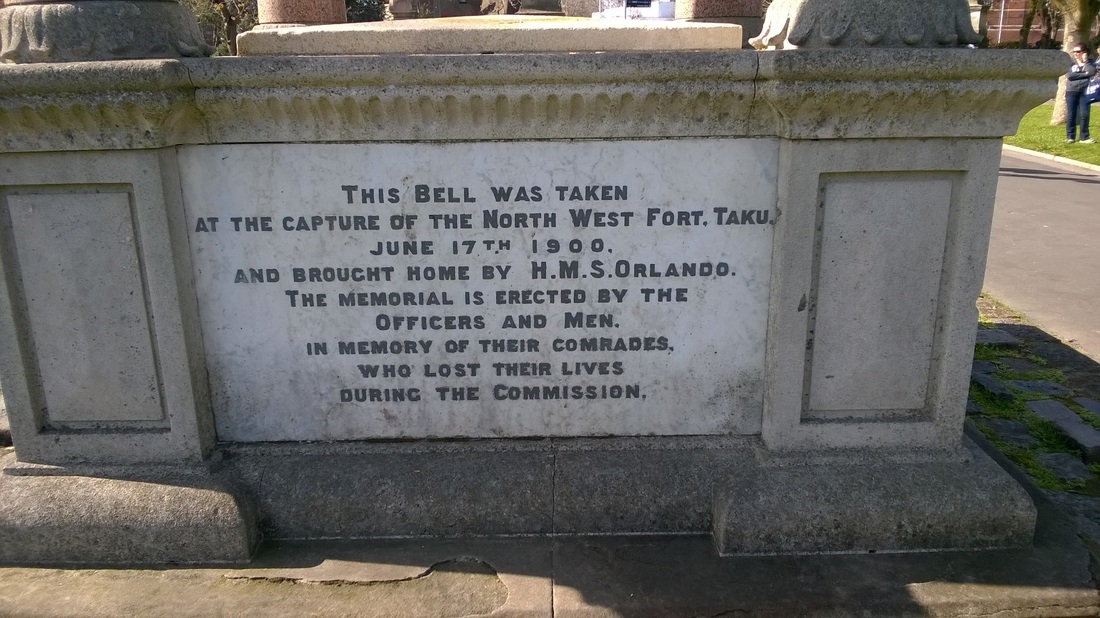
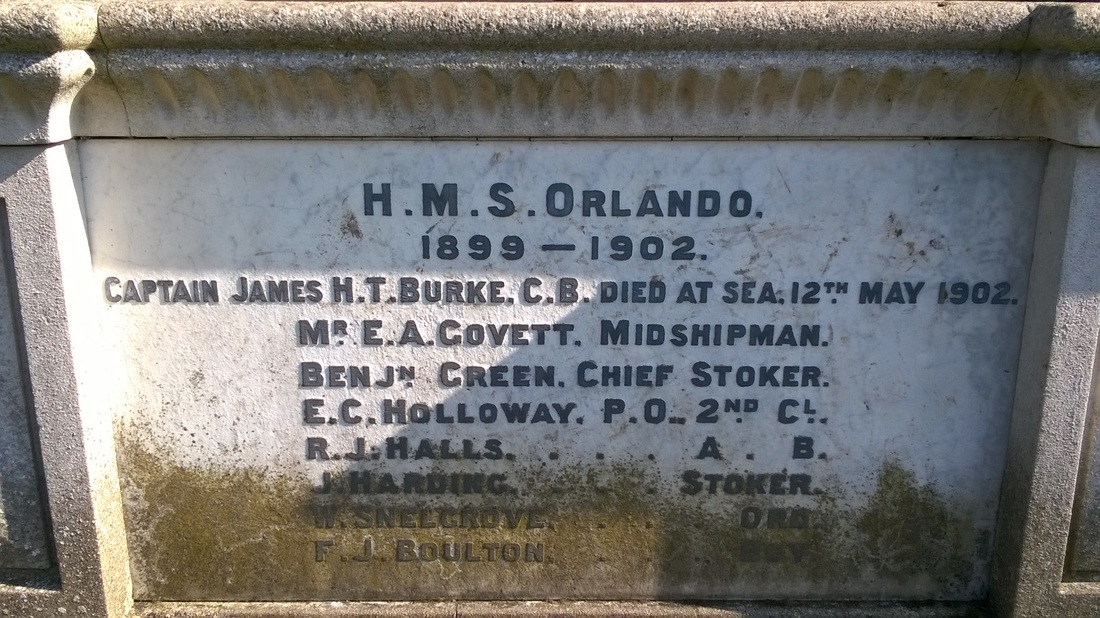


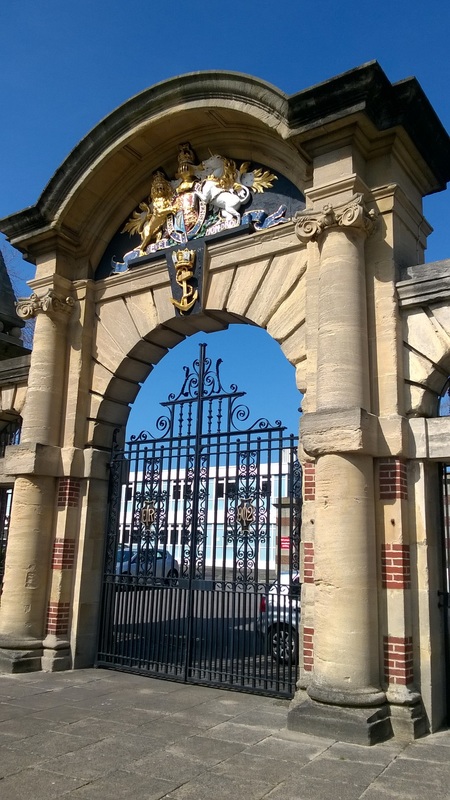
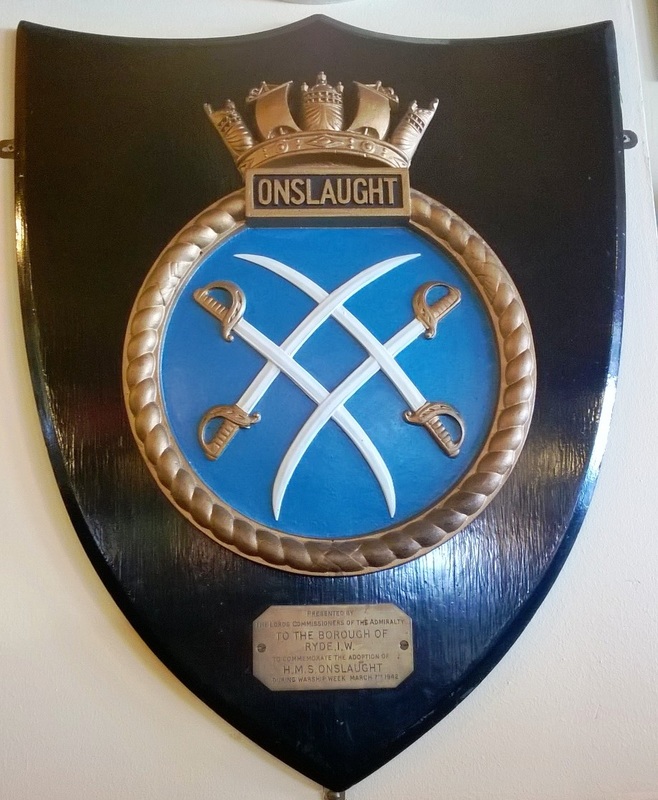

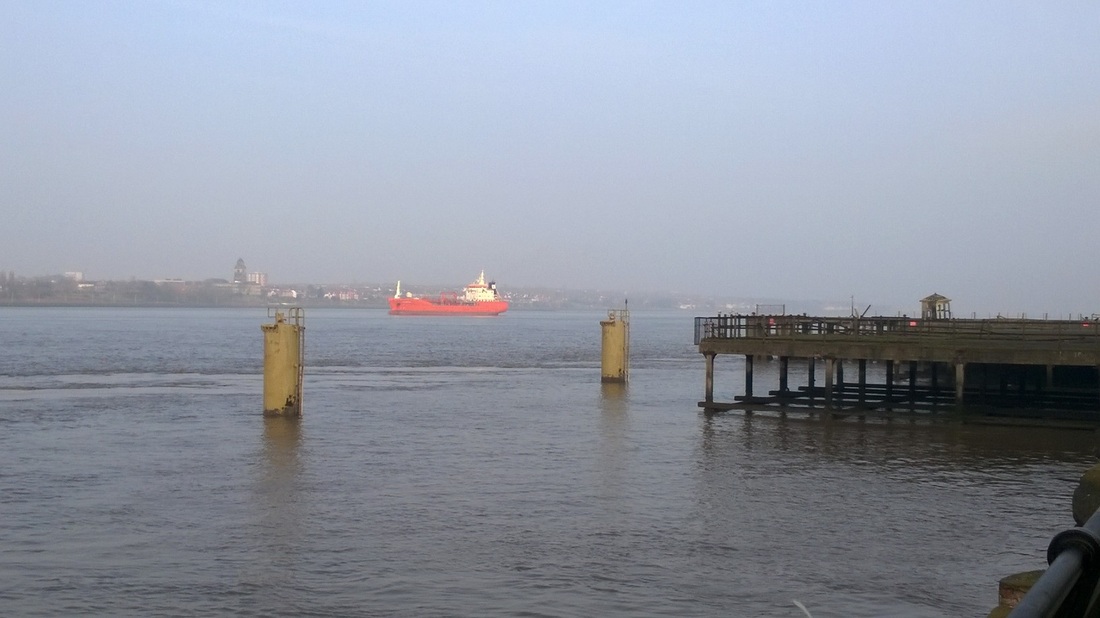
 RSS Feed
RSS Feed
